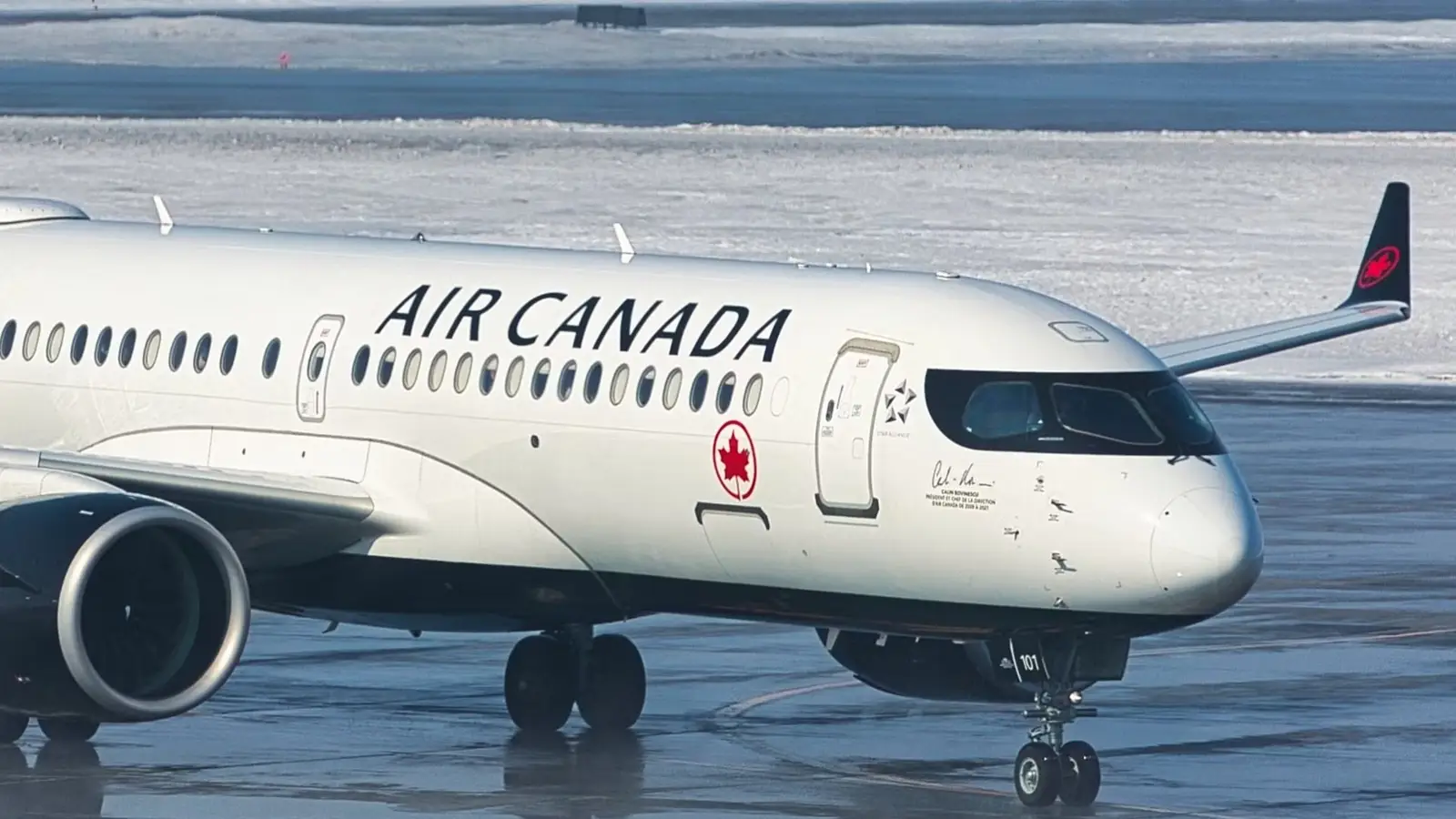
Air Canada is set to add three spokes to its US-based route network starting on May 1, 2026. The first of these routes will be Toronto (YYZ) to San Antonio (SAT), Montreal (YUL) to Cleveland (CLE), and Montreal (YUL) to Columbus (CMH). These flights will vary in aircraft frequency and service patterns, with gauges set to accommodate the missions, which are medium-demand, low-frequency flights intended to cater to passengers visiting friends and relatives (VFR) and some business travelers.
These disciplined route expansions enable Air Canada to test demand while maintaining disciplined capacity, with schedules set to run steadily throughout the summer. Daily services to these two Ohio destinations will primarily be geared towards corporate travelers, which will fill premium cabin space, while the route to San Antonio is likely to target a more leisure-oriented travel mix. These moves broaden Air Canada’s coverage in the Midwest and the South, feeding Toronto and Montreal connection banks by adding around 1,475 weekly seats total.
A Brief Overview Of The Launched Routes
Starting on May 1, 2026, Air Canada plans on expanding its network with three additional US links. Flights from Toronto Pearson International Airport (YYZ) are set to arrive in San Antonio three times per week. The Airbus A220, a mid-gauge narrowbody aircraft, has been chosen for this specific service. Flights from Montréal–Trudeau International Airport (YUL) to Cleveland/Columbus will operate once per day with the Embraer E175, adding much-needed extensions to the coverage of Air Canada’s existing network. These are modest-gauge international expansions, with around 137 seats being deployed daily to San Antonio, while 76 will be deployed daily to Cleveland and Columbus.
This will allow the airline to easily serve medium-demand markets by complementing a VFR core of passengers. Airline schedules are intended to align with flight waves from Toronto and Montreal to Europe, helping offer exceptional connectivity and convenience for passengers. The airline’s initial expansions are set to be fairly measured, with the airline targeting modest capacity while being careful not to overshoot the demand that exists on the route. The strength of demand for corporate travel to and from Ohio, the seasonality of these routes, and competitive moves made to defend these routes will be the key risk catalysts that could limit the success of this network expansion program.
What Do These Expansions Mean For Air Canada?
Air Canada’s May 2026 route additions aim to deepen cross-border capacity while maintaining a disciplined growth mindset. Flights from Toronto to San Antonio are set to open a new Texas spoke to the airline’s network that will support a mixed leisure-corporate traffic network design.
The airline is using its Airbus A220 and Embraer E185 aircraft to operate these services, protecting cost per available seat mile (CASM) on long-and-thin routes. This supports bank structures in Toronto and Montreal for European and trans-Canada service patterns.
These routes add much-needed portfolio diversification for Air Canada, with weak demand capping downside given seat blocks. A step to widen its reach will help Air Canada remain the go-to operator for business travelers based in Canada or those looking to travel consistently to the nation.
What Do We Make Of This?
Air Canada’s latest decision to expand its footprint helps further establish it as a leading key player in the US-Canada flight market. These connections make it easier than ever for residents of Columbus, Cleveland, and Air Canada to access the carrier’s massive global network.
Legacy carriers like Air Canada are primarily focused on providing the most extensive networks to leisure and premium travelers. The airline’s decision to launch these routes demonstrates its commitment to servicing these kinds of customers.
Few airlines are capable of launching these kinds of services. With the resources of a massive global operator, it is unsurprising that Air Canada decided to expand in this manner.



